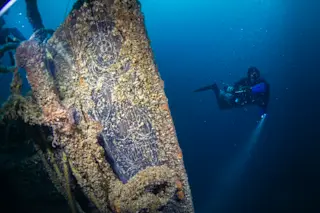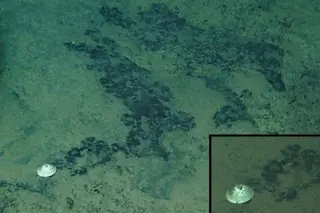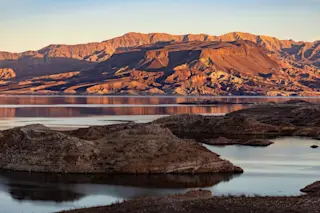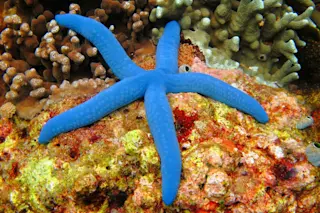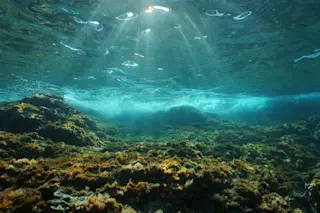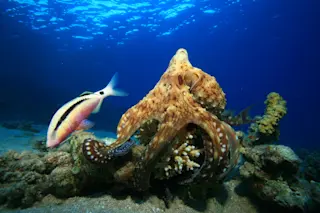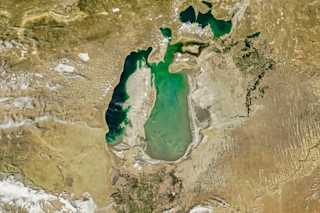This story was originally published in our March/April 2022 issue as "Freshwater Treasure." Click here to subscribe to read more stories like this one.
If you’ve never visited North America’s Great Lakes, it’s difficult to grasp their ocean-like vastness. Even for those who have, few can fathom the trove of maritime artifacts scattered across their floors — including a shipment of some 260 Nash cars aboard the Senator freighter, which sunk to the bottom of Lake Michigan in 1929. “Where else on Earth do you have more than 260 factory-fresh automobiles preserved?” says Christian Overland, CEO of the Wisconsin Historical Society. “We have this amazing underwater museum intact.”
Overland’s museum is a 962-square-mile section of Lake Michigan that was designated a U.S. National Marine Sanctuary in mid- 2021. It’s only the 15th such sanctuary in the country, recognized by the National Oceanic and Atmospheric Administration (NOAA). The newly appointed swathe ...


